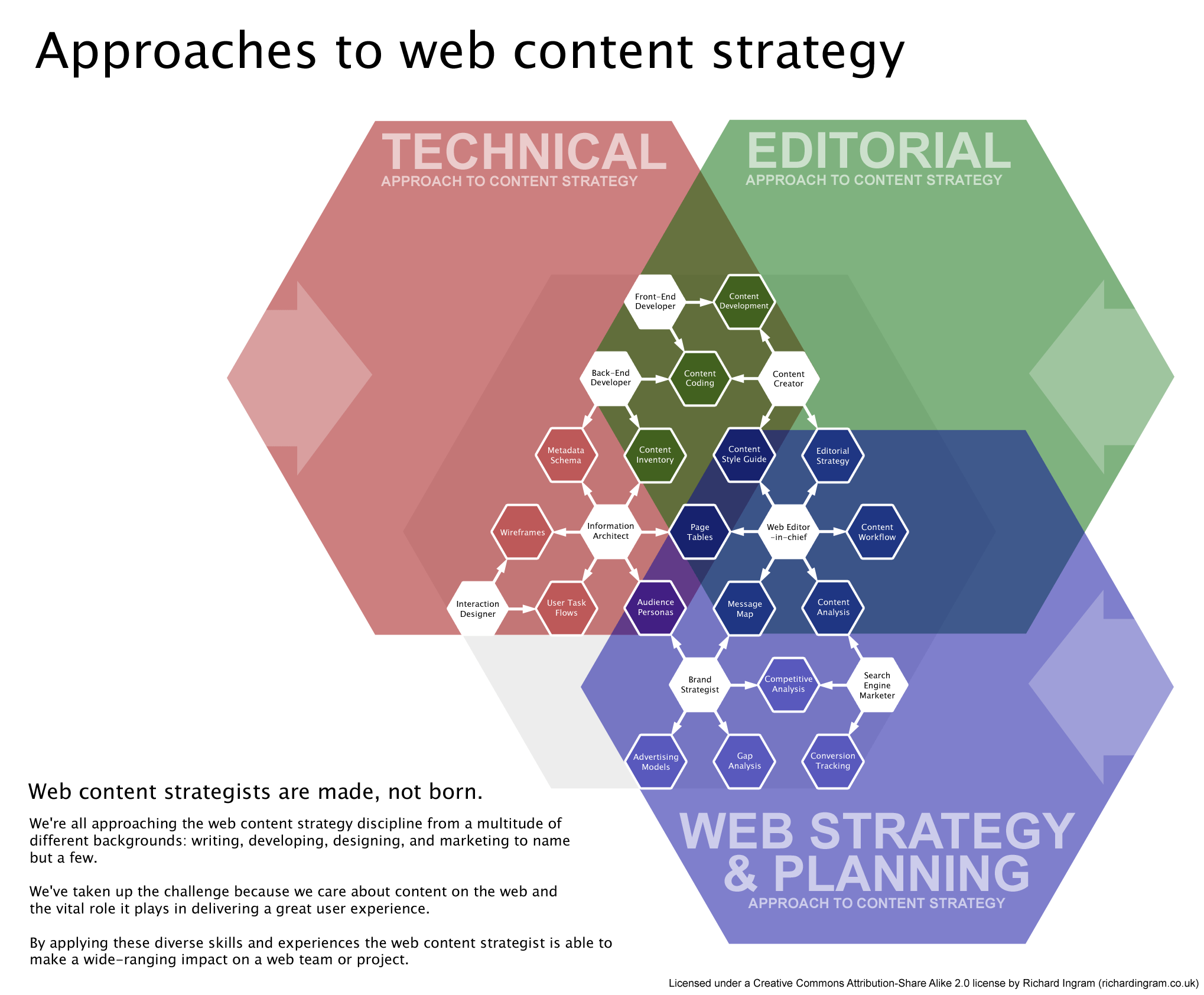If you are wondering why your competitors are gaining clients at such a fast rate, it is because they have joined the many numbers of companies that are performing business transactions over the Internet. Current statistics have reported that e-commerce expands at a rate of more than 25 percent every year. The segment of e-commerce that refers to companies that transact with different firms (B2B) is expanding at an even greater pace. After realizing the benefits that this can have for your organization, you will be encouraged to set up an official website so you can utilize e-commerce as well. But because you are still getting used to this new method of conducting business, you need to study the parts of those successful e-commerce websites prior to creating one. This study will also show you how you can effectively do business over the Internet.
Image From: http://www.alleywatch.com/wp-content/uploads/2013/04/e-commerce.jpg
Keep in mind that you have to brainstorm and plan your e-commerce business site prior to shopping for instruments that will help build your website. The essential elements in all e-commerce sites include service or product description pages, shopping carts so that customers can choose and temporarily store the merchandise that they want until they are ready to check out or pay, and a payment mechanism that produces an invoice or a purchase order to allow the buyer to make a purchase with or without the Internet.
Here are other significant elements that will demand your attention:
Various Ordering and Payment Options
The main objective of having an e-commerce site is for your business to make a profit via sales. There are people who are not comfortable with paying over the Internet (especially with rampant online fraud or phishing). It is a good idea to provide ordering methods by snail mail, telephone or fax. This will also make the customer comfortable and secure since your company can provide customer service.
Even if paying for items in an e-commerce business site is traditionally done via credit card, it will make your system flexible if you offer other payment options such as Paypal, offline bank transfers, and electronic checks.







